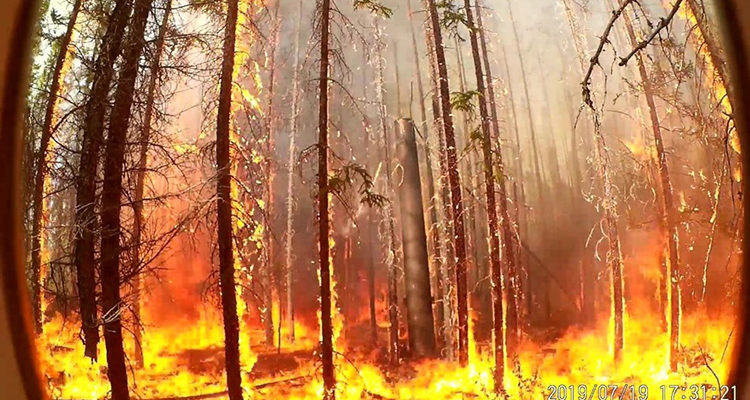RS Technologies’ RS composite utility pole, protected with an RS Fire Shield™ made from fiber-reinforced polymer (FRP), survived forest fire conditions in Canada’s Northwest Territories with no damage to the pole and minimal damage to the RS Fire Shield.
RS Technologies (RS) prides itself on building composite utility poles that are safer, more reliable and longer-lasting than wood, steel, and concrete poles. For poles built of composites, the performance tests historically included the UL 94 Standard for Tests for Flammability of Plastic Materials for Parts in Devices and Appliances and the ASTM D635-14 Standard Test Method for Rate of Burning and/or Extent and Time of Burning Plastics in a Horizontal Position. The RS team was not satisfied with these standard fire performance tests.
Wanting a better way to test utility pole performance, RS was determined to design a reliable quantitative test method to simulate an actual, severe full-scale fire. The initial test design began in 2011 by working with forest fire expert Mark Ackerman from the University of Alberta in Edmonton, Canada to design a test method using a steel sheath placed around the base of an embedded pole. Flames were then introduced to the annular space between the pole and the sheath by the controlled ignition of propane. The heat flux, flame temperature, and exposure duration were designed to represent a “severe” (two-minute exposure) or “extreme” (three-minute exposure) wildfire event.


